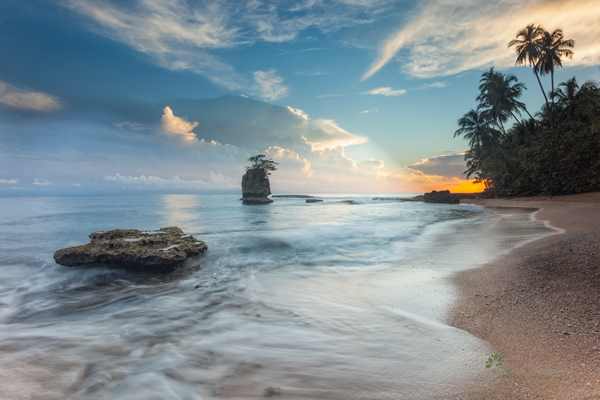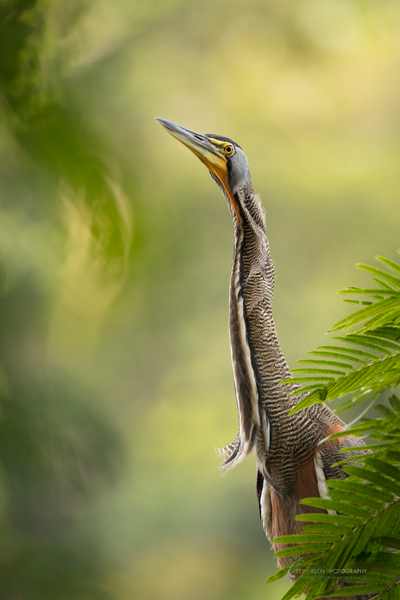
Shooting RAW
Beginning photographers may hear a lot about the RAW image format. Professionals shoot RAW. Should you?
The most common image format out there is JPEG. If you’re a hobbyist and want to produce pictures ready to print and share, get out there and shoot in JPEG. Just because you don’t shoot RAW doesn’t mean you can’t take good photos.
But if you’re looking to take your nature photography to the next level, RAW is for you. Why? JPEG files don’t make use of the vast majority of information modern digital cameras are capable of capturing. RAW files do, and that translates ultimately into more control over image optimization and higher-quality large prints.

Landscape shots are challenging because of the difference in brightness between sky and foreground. Besides using a graduated filter to ensure the best exposure possible for this photo of the Poás Volcano, shooting in RAW meant I could lighten shadow areas where necessary without degrading my image.
Here’s how it works. Each pixel on your camera’s sensor consists of three color channels — red, green, and blue. JPEGs are 8 bit files, meaning 8 bits of binary information (1s or 0s) are possible for each color channel. Raising 2 to the 8th power (for each channel, either a 1 or a 0 is possible 8 times) gives 256 possible combinations for each color channel. Since there are three colors, we take 256 to the 3rd power (red, green, and blue), which yields a total of around 16.7 million possible color values in a JPEG image. Sounds pretty good, right?
But now let’s look at RAW files. Most cameras these days capture RAW files with 12 bits. Using the same math as above, we have 12 possible binary outcomes for each color channel. So, 2 to the 12th power is 4,096. If we take those 4,096 possible tonalities for each color channel and look at all of the possible color values for the three color channels combined, we can take 4,096 to the 3rd power. This yields over 68 billion color possibilities. So, a RAW file has over 4,000 times as much potential color value information as a JPEG file. Put another way, if you shoot JPEG, you’re only using about 2.5 percent of the possible color information your camera is capable of recording!

I used a long exposure and two flashlights to photograph a highland swamp at night on Cerro de la Muerte high in the Talamanca Mountain Range. Long exposures produce noise, and shooting in RAW allowed me to reduce the noise in the computer.
In addition, JPEG files are compressed in a lossy fashion, which means some of the relatively limited information captured in the first place is thrown away to keep file size smaller. So, on top of the fact that JPEG files start with less information than RAW files, some of that information is then discarded during the compression process. RAW files also are compressed, but use lossless mathematical algorithms so no image data are thrown away.
Most pros want to be in control of how their images look when they go on the web, for fine art printing, or for a magazine or coffee table book. RAW files take advantage of your camera’s sophisticated image capture capabilities and allow you to stay in control of optimizing your computer images. You can even shoot RAW with many smartphones on the market today!

Sunrise and sunset shots are challenging because of the difference in brightness between sky and foreground. Besides using a graduated filter for this photo of sunrise in Gandoca-Manzanillo Wildlife Refuge to ensure the best exposure possible, shooting in RAW meant I could lighten shadow areas where necessary without degrading my image.

